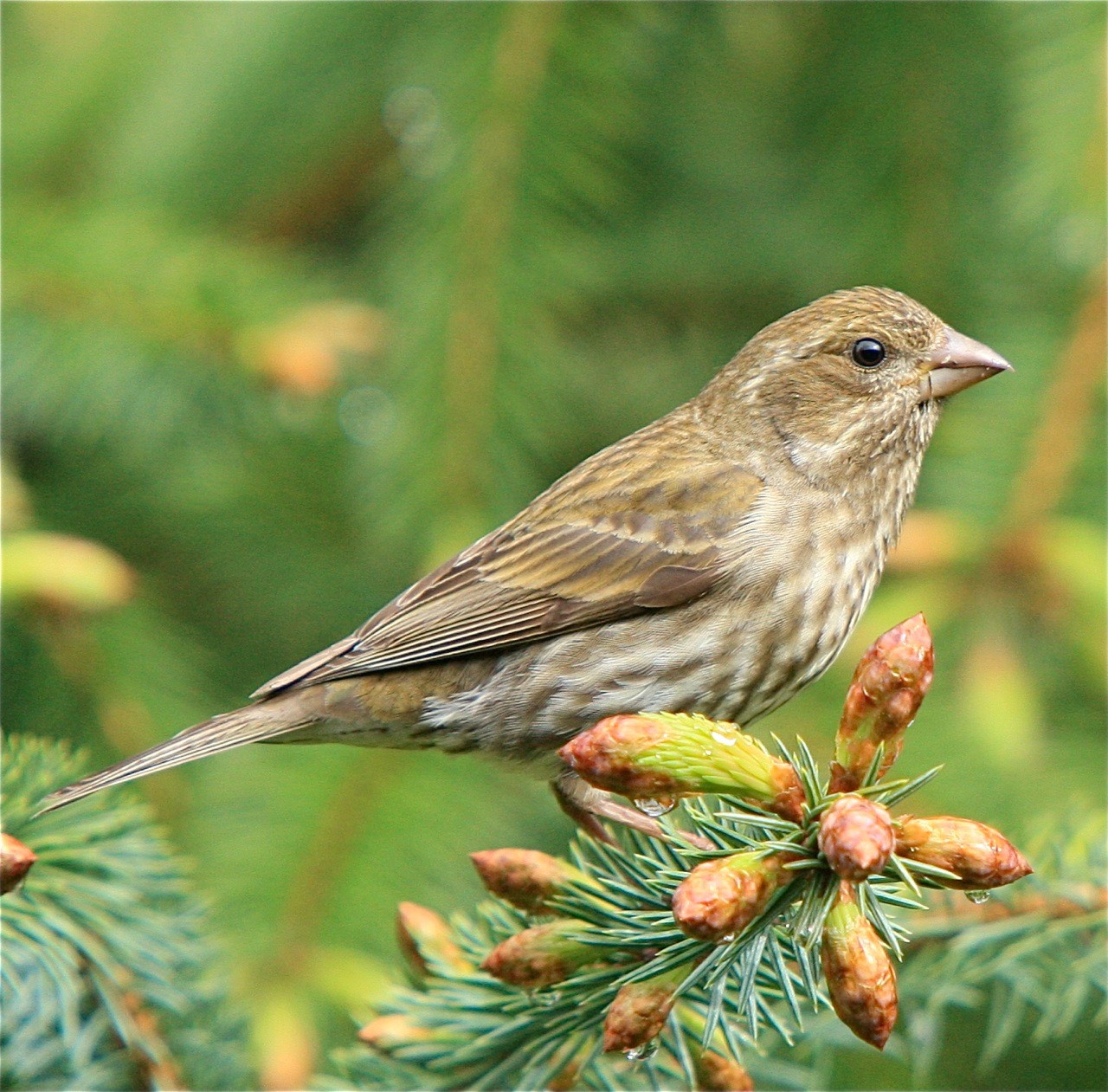Charles Brandt while working for the Canadian Conservation Institute between 1975 and 1980 spent a short period of time restoring works at many rural Museums and Art Galleries as part of a mobile unit.
Cool Place – Team takes museum’s temperature by James Reaney of The Free Press (London Ontario)
Grand Bend – For the last few days the big green van plugged into the the Lambton Heritage Museum has been a cooler spot than the famous beach in this Lake Huron resort area. The temperature in the van has been kept at about 18 degrees, brisk enough to send visitors clad for summer back to the beach. But it is warm enough for the team from the Canadian Conservation Institute, a division of the crown corporation supervising museums, working inside.
A three day visit, which ended Tuesday, brought Charles Brandt, a paper conservator, and Louise Fox,
an intern with the institute, to the museum. about eight kilometres south of Grand Bend. The van is one of five, costing about $25.000 each, touring regional museums across Canada. “We’re here for specific work on artifacts and to monitor the collection here – to see if the temperature, light and humidity are being kept at the best level,” Brandt said. The coolness in the van is actually about two degrees less than the 20 degree temperature Brandt said was ideal for a museum. But the research team appreciate the slight chill because it recreates the conditions of the institute’s Ottawa laboratory. Equpment costs for the van are estimated at about $15,000.
Because Brandt’s expertise with paper, his work on the Lambton museum stop has included restoration of a true oddity of 19th century taste – a Currier & Ives lithograph of a Madagascar albino family, which somehow would up with showman P.T. Barnum. Fox has been working on iron objects in the museum’s collection, handling antique muffin pans and candlestick moulds with white gloved reverence. the monitoring work is also important, Brandt said. After studying conditions at the Lambton museum opened two years ago, Brandt said he had recommended air conditioning be installed. “A really good climate control system here would be a tremendous thing.”
Bob Tremain, museum director-curator, said the cost of air conditioning the structure was estimated at about $30,000 when it was opened. Staff would study other methods of preventive conservation, including the use of humidifiers and dehumidifiers, Tremain said.
Brandt advised private collectors to observe conservation techniques – keep the collection out of the attic or basement, control the surrounding light and temperature and don’t use cellophane tape to mend objects. The costs of private restoration are high, he said. For instance, an American book collection damaged by water cost almost $50,000 to restore. The institute is studying the home freezer as an inexpensive place to store historical material, Brandt said. “Controlling the environment is the most important thing anyone can do with a collection – and we want to help these museums maintain their works.” The institute team takes its laboratory-on-wheels to Sarnia Public Library and Art Gallery for the rest of the week
